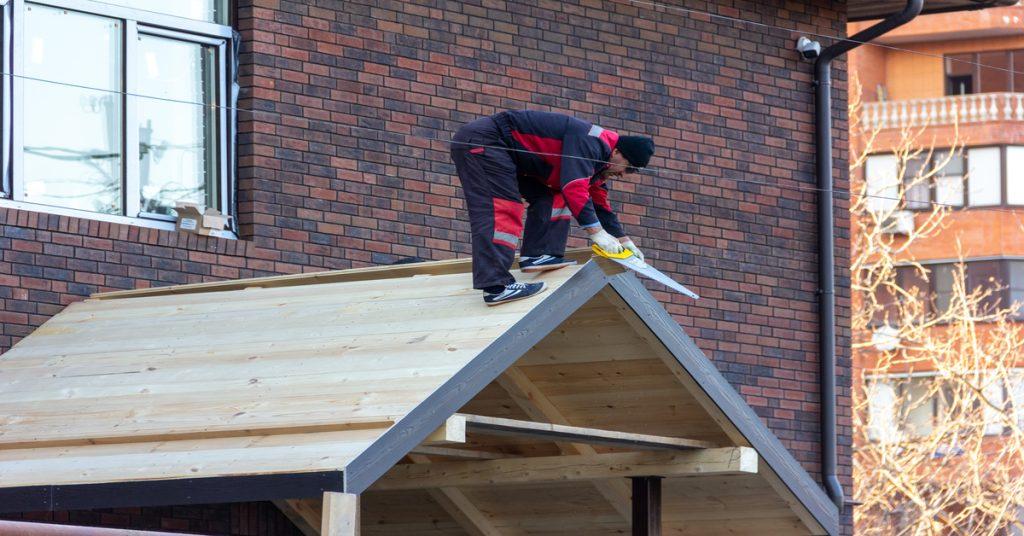When embarking on a roofing project, one crucial factor often overlooked is the temperature at which the installation takes place. The impact of temperature on the roofing process is substantial, influencing the longevity and effectiveness of the roof. In this article, we’ll delve into the question: “What Is The Best Temperature To Install A Roof?” Understanding the optimal conditions for roof installation is key to ensuring a durable and efficient roofing system.

Setting the Stage: What Is The Best Temperature To Install A Roof?
To comprehend the significance of temperature during roof installation, it’s essential to recognize the interplay between materials, weather conditions, and the overall performance of the roof. Roofing materials, such as shingles and sealants, react differently to temperature variations. Therefore, finding the sweet spot for installation is crucial to guarantee the highest quality outcome.
The Ideal Temperature: What Is The Best Temperature To Install A Roof?
In our quest to uncover the ideal temperature for roof installation, let’s consider the following factors:
- Shingle Flexibility: The flexibility of roofing shingles is heavily influenced by temperature. Extreme cold can make shingles brittle, leading to cracks during installation. On the other hand, excessive heat can cause shingles to become too pliable, making them prone to damage. The Goldilocks zone for shingle flexibility is typically between 70°F to 80°F (21°C to 27°C).
- Adhesive Activation: Roofing materials often require adhesives for proper sealing and bonding. The best temperature for adhesive activation hovers around 40°F to 85°F (4°C to 29°C). In this range, adhesives achieve the optimal level of tackiness, ensuring a secure and lasting bond.
- Safety Concerns: Extreme temperatures can pose safety risks for roofing contractors. Working in excessively hot or cold conditions can lead to fatigue, dehydration, or even frostbite. Therefore, the ideal working temperature is not only beneficial for the roof but also for the well-being of the workers.
Navigating Challenges
Understanding the best temperature for roof installation becomes even more critical when considering diverse climates. Here’s a brief exploration of the challenges posed by various weather conditions:
- Cold Climates: In colder regions, winter installations are common challenges. It’s crucial to use materials designed for cold weather and schedule installations during milder days. Additionally, the use of specialized adhesives that can withstand low temperatures is imperative.
- Hot Climates: Intense heat can pose its own set of challenges. Roofing materials may become too soft, leading to misshapen installations. In such cases, scheduling installations during cooler parts of the day or opting for reflective materials can mitigate these issues.
Navigating Success: What Is The Best Temperature To Install A Roof in Your Region?
As you plan your roofing project, considering the regional climate is paramount. The ideal temperature for roof installation may vary based on your geographical location, making it crucial to adapt to the specific challenges presented by your surroundings.
Conclusion: Striking the Right Balance for Success
In conclusion, the question of “What Is The Best Temperature To Install A Roof?” is not a one-size-fits-all answer. It’s a nuanced consideration that takes into account the materials used, safety concerns, and regional climate variations. Striking the right balance is essential for a successful roofing project that stands the test of time. Whether you’re in a cold climate, a hot region, or somewhere in between, understanding and applying the optimal temperature conditions will result in a roof that excels in both performance and longevity.



Leave a Reply